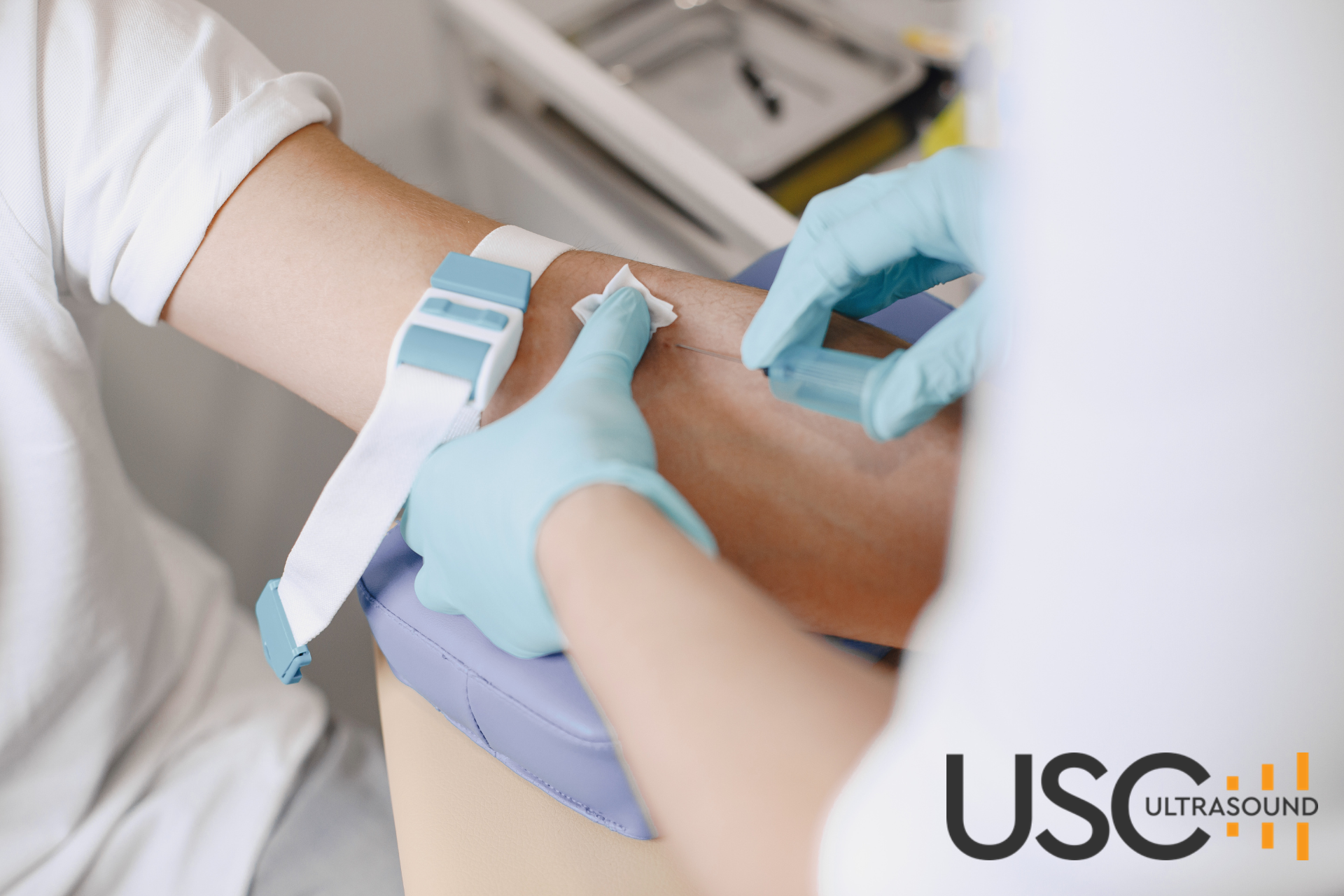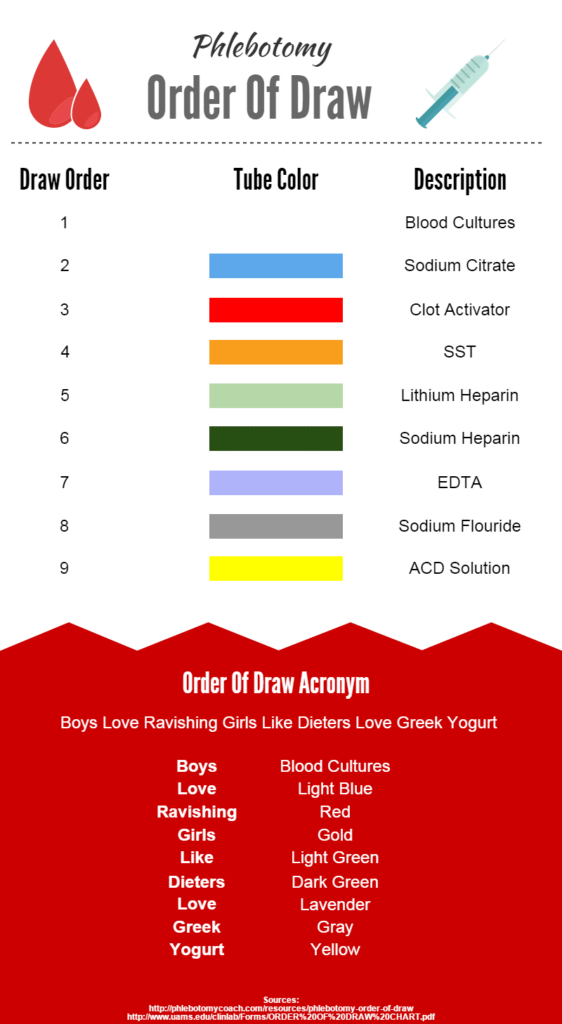What is Phlebotomy?
Phlebotomy is the procedure of using a needle to take blood from a vein, usually in your arm. This procedure can also be called a blood draw or venipuncture, it’s an important tool for diagnosing many medical conditions.
Typically, the blood that has been drawn from a patient is sent to a laboratory for testing, and sometimes the blood is withdrawn for treatment of certain medical conditions. Blood drawn for treatment of medical conditions is called therapeutic phlebotomy. Therapeutic Phlebotomy is used to remove extra red blood cells, unusually shaped red blood cells, or extra iron in the blood.
The word phlebotomy originates from the Greek language and has its roots in the words phelps, meaning vein, and tomia, meaning cutting off. Phlebotomy describes the process of drawing blood by venipuncture.
What Is a Phlebotomist?
A Phlebotomist is a qualified professional who is capable of performing the procedure of drawing blood. Doctors and nurses are capable as well, however; qualified professionals to perform the procedure are called phlebotomists. Phlebotomists undergo specialized training that prepares them for the various job responsibilities. In some instances, a phlebotomist may also assist with blood transfusions, lab processing, collecting blood for donations, and keeping patient records up to date.
Phlebotomy Order of Draw
Depending on the specific procedure, Phlebotomists must take blood samples in a strict order. Vacutainer blood test tubes are a part of the vacutainer system. A complete vacutainer system consists of a vacutainer needle, holder, and blood collection tube. This system helps draw blood from patients and conduct different blood tests.
These tubes consist of various preservatives used to carry out blood tests. Vacutainer blood test tubes have a colored rubber cap on their top. This rubber is usually made up of glass or plastic and helps in creating a vacuum inside tubes. The tubes are sterile and have certain constituents that help preserve the specimen for longer.
The Procedure of Drawing Blood
It is important for the phlebotomist to follow a step-by-step procedure to ensure consistency and to make the patient comfortable. Drawing blood, while routine, is a learned skill.
- Identify the patient : It is important you make sure the patient’s bracelet matches their paperwork, or that they can provide a bit of personal information such as a birth date.
- Double check the requisition order against the paperwork to ensure the proper tests and samples are required. This helps prevent errors created by administration workers because of mishandled paperwork. Blame shifting is not an option here. Check the paperwork to prevent the mistake from ever occurring.
- Wash your hands: It is important to do this in view of the patient.
- Prior to entering the room all supplies should be gathered and organized. They should be clean and still in packaging if applicable. It is necessary for the patient to observe the phlebotomist removing the needles from fresh packaging to ensure they are clean. Bring the tools and supplies next to the patient.
- Put on gloves: These can either be latex, rubber, or vinyl.
- Determine which arm you will be drawing your sample from. You can decide or you can let the patient decide. Then tie the tourniquet 2 inches to 3 inches above the puncture site (usual location medical term is antecubital fossa, or “elbow pit”).
- If no veins are palpable, ask the patient to form a fist and squeeze.
- Disinfect the area surrounding the puncture site with an alcohol wipe. Start in the middle and wipe in a circular motion gravitating outward.
- Remove the tourniquet until you are ready to draw the sample. Failure to remove the tourniquet and leaving it on longer than 1 minute can damage both the patient and specimen.
- Wipe down the area again with a sterile cotton gauze. Do not touch the puncture site again. If you must touch it again to feel the vein, touch your fingertip to a sterile alcohol pad first.
Phlebotomist inserting a needle into the vein - Make sure the bevel of the needle is pointing up, anchor the vein with the thumb of your opposite hand about 1 inch below the puncture site, and then insert the needle at no more than 15 degrees.
Tube is inserted into the hub
- Place a tube from your tray into the hub and check for blood flow. Let the tube fill. Once it is filled remove it from the tube holder.
- Do not shake the tube. Invert it several time (5 to 10 times) to adequately mix the additives with the sample. Repeat steps 12 and 13 until all tubes are filled.
- Once the last tube has filled it is time to release the tourniquet. After the tourniquet has been released, remove the tube and then the needle.
- Have gauze ready in opposite hand and apply it to the puncture site immediately upon removing the needle. Apply firm pressure over the venipuncture site to achieve hemostasis.
- Ask the patient to continue holding the gauze over the wound. While the patient is holding, immediately engage the needle’s safety function and discard it into an approved disposal container.
17.Label all tubes correctly and in view of the patient.
- Check the wound to ensure bleeding has stopped. Then apply a bandage, or tape and gauze over the venipuncture site.
- Discard all waste and used supplies into appropriate containers, and then put all other equipment away.
As you can see there are numerous steps involved in the collection of a blood sample. The phlebotomy technician must follow these steps to ensure consistency and safety for both the patient and the phlebotomist.
History of Phlebotomy
The job of phlebotomists has an intriguing history. Humans have been bloodletting for thousands of years. It began with the Egyptians and spread to the Greeks and Romans before reaching Asia and Europe.
The practice once was a commonly used treatment for many medical conditions such as fever, headache, loss of appetite, and digestion issues.
It was considered controversial because doctors sometimes drew very large amounts of blood. This was the case with George Washington, the first president of the United States. In 1799, after being outside in snowy weather, he became ill and developed a fever. To treat him, his doctors drained about 40% of his blood. He died the next night.
Over time, bloodletting was proved to be an ineffective and, in some cases, dangerous treatment. By the end of the 19th century, it wasn’t as common as it once was.
Today, phlebotomy in Western culture is used for medical testing and to treat only a few specific blood diseases.
Recognizing Phlebotomists
At Ultrasound Solutions we are proud to recognize all of the Phlebotomists working in Hospitals, Doctor’s offices and Clinics across America.
Phlebotomist recognition week celebrates phlebotomists’ vital role in maintaining patient health and promoting lab efficiency and effectiveness. They don’t just draw blood, they keep patients calm, ensure specimens are of the best quality. We appreciate the perseverance and skill of these important health care workers!
#NationalPhlebotomistWeek #NPRW










